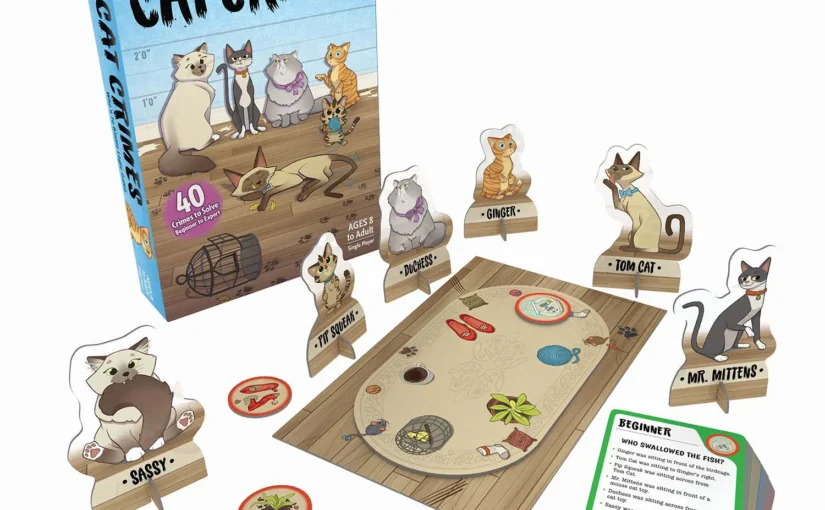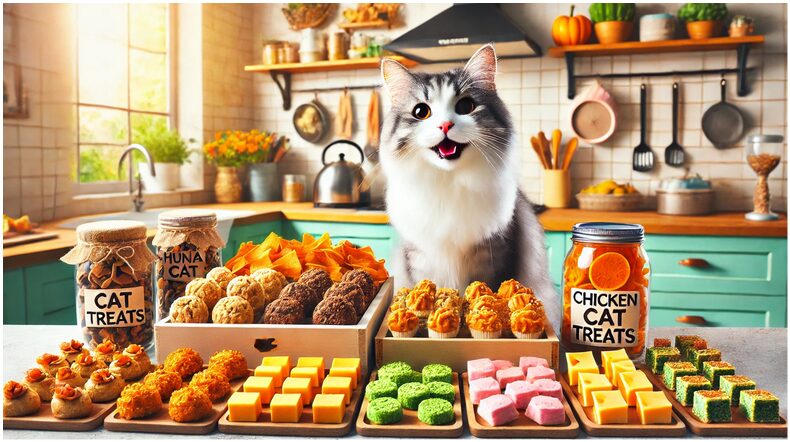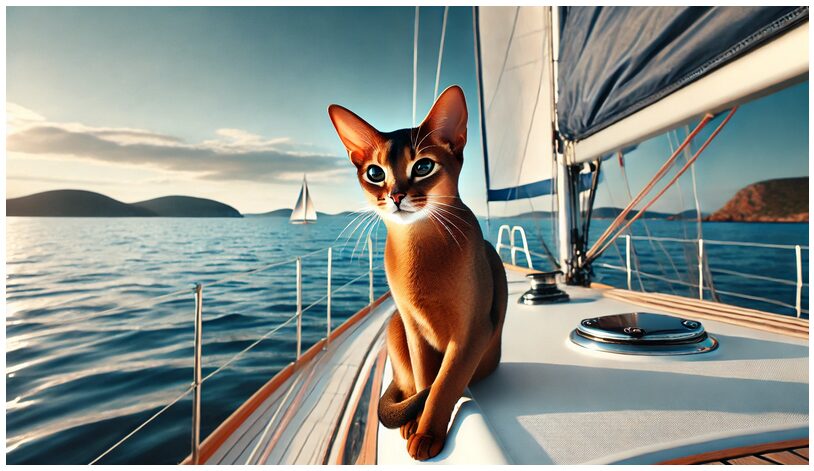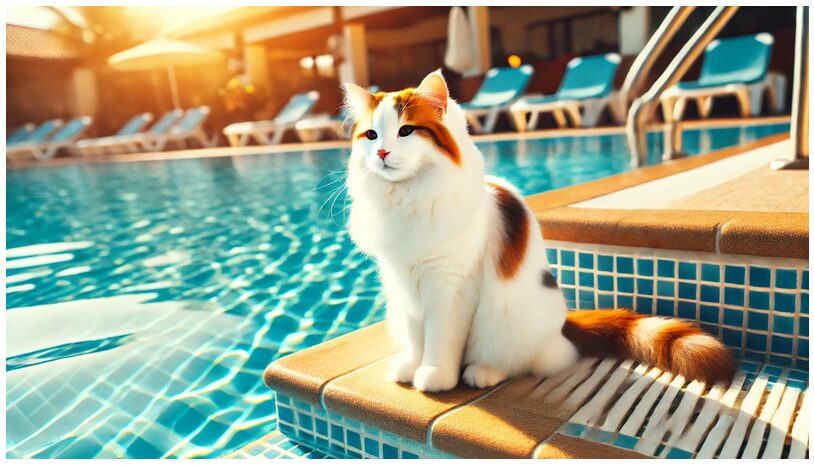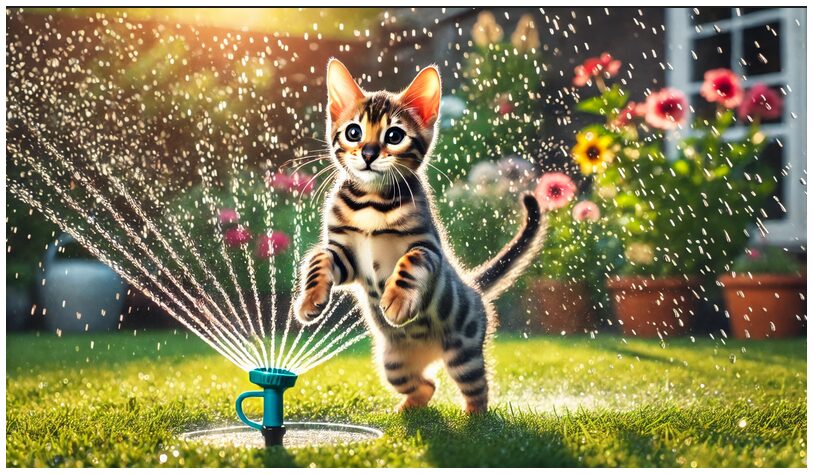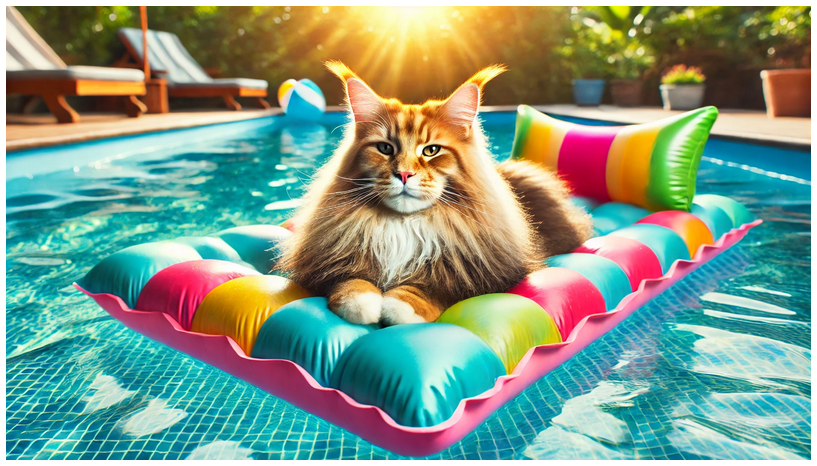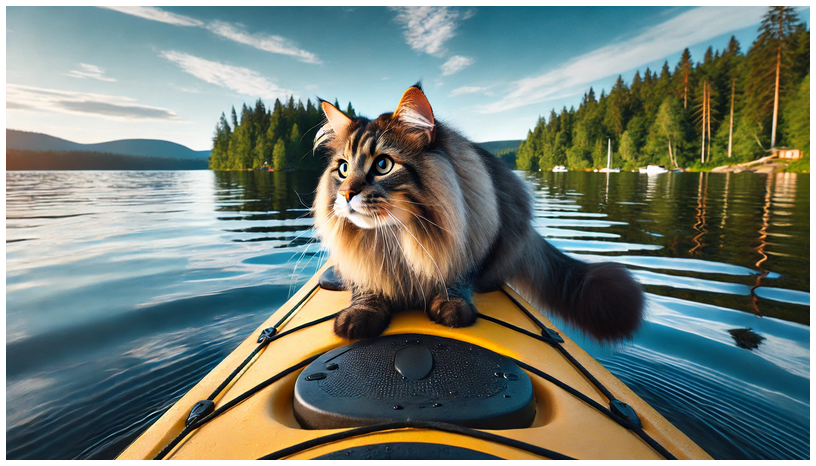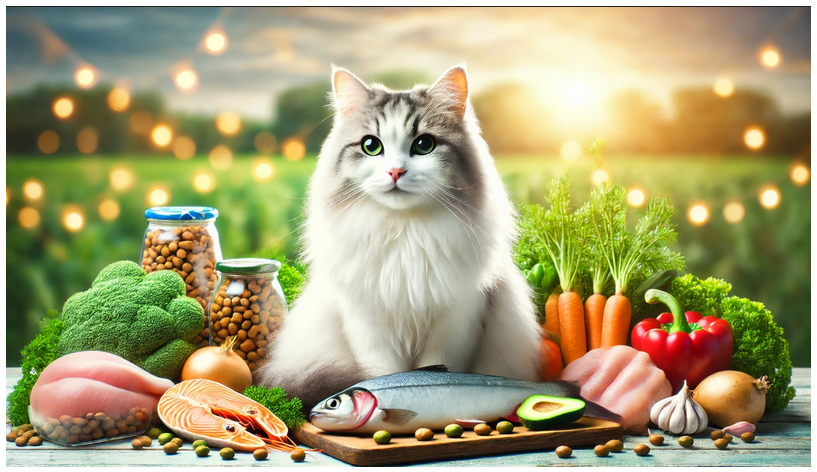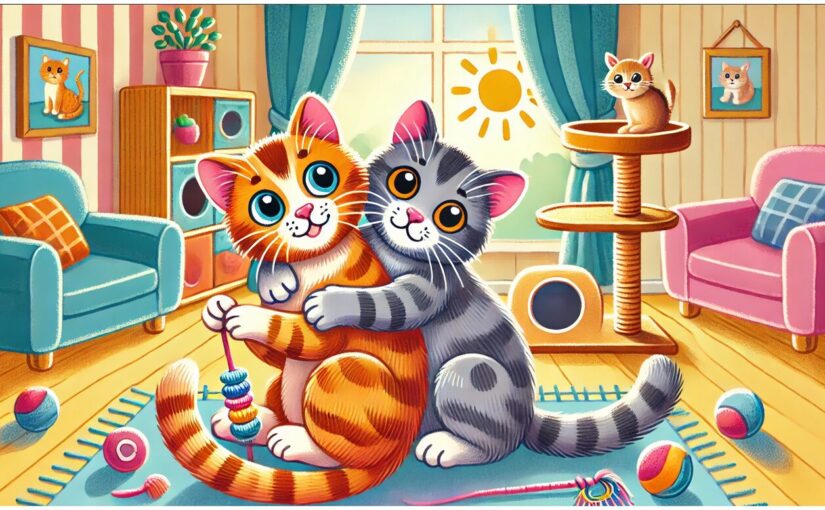Hey there! So, you’ve got a new feline friend and you’re on the hunt for the perfect cat name. It’s such a fun process, but with so many options, it can also be a bit overwhelming. Don’t worry; I’m here to help you navigate the world of cat naming trends, past and present, to find a name that’s just right for your furry buddy.
A Quick Look Back at Cat Naming Trends
Back in the day, cat names were super simple. Think “Kitty,” “Tiger,” “Whiskers”—names that were easy to call and fit a cat’s physical traits or general feline vibe. As our bond with cats grew stronger, especially in the latter half of the 20th century, people started giving their pets more human-like names. “Max,” “Lucy,” and “Bella” became pretty popular as folks began to see their pets more as family members.
What’s Trending Now?
- Pop Culture Influence
- TV Shows and Movies: If you’re a fan of “Game of Thrones,” names like “Arya” and “Sansa” might catch your fancy.
- Celebrities: Celebs and their pets can be a big inspiration. Taylor Swift’s cats, “Meredith Grey,” “Olivia Benson,” and “Benjamin Button,” have definitely set some trends.
- Literary and Mythological Names
- Book and myth-inspired names like “Luna” from “Harry Potter” or “Thor” from Norse mythology are always cool. They bring a sense of adventure and mystique.
- Unique and Quirky Names
- People love getting creative with names like “Pickles,” “Noodle,” and “Moose.” These quirky choices can really showcase your cat’s unique personality.
- Names Reflecting Physical Traits
- While classics like “Snowball” are still around, more descriptive names like “Shadow” for a black cat or “Marble” for a tabby are trending.
- Cultural and Ethnic Names
- We’re seeing a lot more cultural diversity in cat names too. Names like “Suki” (Japanese for “beloved”) and “Nala” (Swahili for “successful”) are becoming more popular.
Top Cat Name Trends By Decade
1920s: Traditional and Simple
- Top Names: Kitty, Tiger, Fluffy, Blackie, Whitey, Smokey, Tom, Topsy, Puss, Boots
- Trend: Simple, straightforward names based on physical traits.
1930s: Literary Influences
- Top Names: Felix, Tom, Puss, Smokey, Midnight, Ginger, Tigger, Snowball, Boots, Mittens
- Trend: Cartoons and literature start to play a role.
1940s: Post-War Popularity
- Top Names: Boots, Mittens, Ginger, Tigger, Dusty, Blackie, Tiger, Kitty, Fluffy, Socks
- Trend: Comforting, homey names reflecting the era’s domestic focus.
1950s: Baby Boom and Family Names
- Top Names: Sam, Lucy, Mickey, Buttons, Tinkerbell, Muffin, Whiskers, Snowball, Smokey, Mittens
- Trend: More human names and pop culture references.
1960s: Pop Culture Explosion
- Top Names: Simba, Cleo, Patches, Muffin, Tiger, Shadow, Tigger, Misty, Boots, Whiskers
- Trend: Influences from movies, TV shows, and music.
1970s: Flower Power and Individuality
- Top Names: Daisy, Misty, Shadow, Sunshine, Marmalade, Patches, Sassy, Muffin, Fluffy, Cleo
- Trend: Individuality and natural beauty shine through.
1980s: Modernization and Media
- Top Names: Garfield, Sassy, Whiskers, Bandit, Oreo, Tiger, Simba, Shadow, Misty, Patches
- Trend: Media and advertising influence names, mixing traditional and unique choices.
1990s: Humanization of Pets
- Top Names: Max, Chloe, Tiger, Smokey, Angel, Bella, Tigger, Lucy, Sassy, Shadow
- Trend: Human names become more common as pets are seen as family.
2000s: Pop Culture and Personalization
- Top Names: Bella, Milo, Luna, Simba, Oliver, Chloe, Max, Tiger, Tigger, Angel
- Trend: Pop culture inspirations and personalized names.
2010s: Diverse Influences and Globalization
- Top Names: Luna, Nala, Loki, Bella, Simba, Oliver, Charlie, Leo, Willow, Daisy
- Trend: Mix of pop culture, mythology, and global influences.
2020s: Tech and Trends
- Top Names: Willow, Pixel, Mochi, Loki, Cleo, Luna, Leo, Nala, Oliver, Bella
- Trend: Tech-inspired names and a continued trend toward unique choices.
Tips for Choosing the Perfect Cat Name
- Observe Your Cat’s Personality: Get to know your new cat before naming them. Their quirks and habits can offer great inspiration. Is your cat adventurous? “Rocket” might be a fit. Calm and regal? Maybe “Sapphire” or “Jasper.”
- Consider the Sound: Cats respond well to names ending in a high-pitched sound, like “y” or “ie.” Think “Molly,” “Charlie,” or “Kitty.”
- Think Long-Term: Pick a name you’ll still love years down the line. Avoid trendy names that might feel outdated quickly.
- Avoid Confusion: Make sure the name doesn’t sound too similar to commands or other pets’ names in your household.
- Personal Significance: Choose a name that means something to you. Maybe it’s a favorite character, a beloved place, or a cherished memory.
Wrapping It Up
Naming your cat is a fun journey that blends creativity, observation, and sometimes a bit of trend-spotting. Whether you go for a classic, a pop culture reference, or something totally unique, the best name is the one that feels right for both you and your feline friend. As cat naming trends continue to evolve, one thing remains constant: the love and bond between humans and their cats, always reflected in the names we choose.
Happy naming!
With these tips and insights, you’re all set to find the perfect name for your new furry friend. Remember, the best name is one that resonates with both you and your cat, ensuring a lasting bond for years to come.


